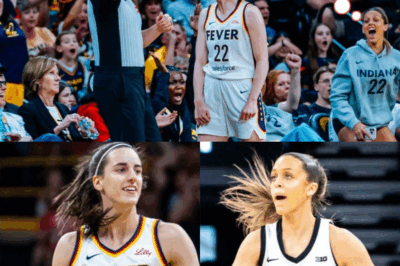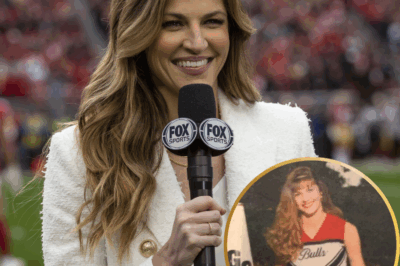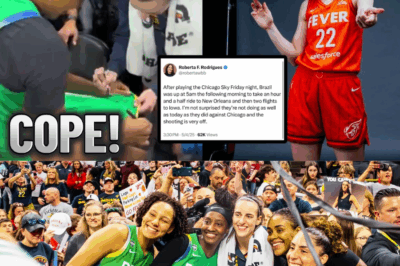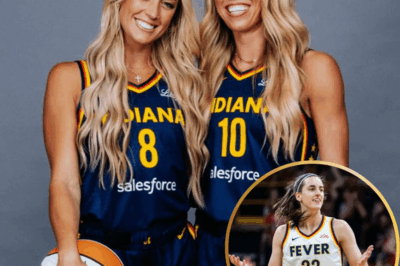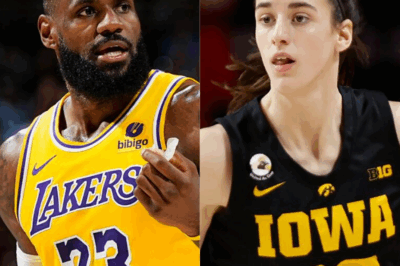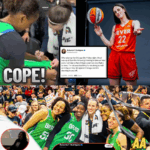White House Reporter Natalie Winters Faces Backlash Over ‘Inappropriate’ Dress: Debate Sparks Over Professional Attire in Journalism
In a recent controversy that has taken social media by storm, 23-year-old White House reporter Natalie Winters finds herself at the center of a heated debate regarding professional dress codes in journalism.
The young journalist, known for her bold reporting style and prominent presence in political media, is facing accusations of wearing an “inappropriate” dress while attending a White House briefing.
The issue has ignited a broader discussion on workplace attire, double standards, and societal expectations in professional settings.
As images of Winters circulated online, opinions quickly divided between those defending her choice of clothing and others criticizing it as unprofessional.
This incident raises questions about gender biases in workplace dress codes and whether scrutiny over attire is justified in a field where substance should ideally outweigh style.
Who Is Natalie Winters?
Natalie Winters has rapidly gained recognition in political journalism, making waves with her investigative reporting and commentary.
As a White House correspondent, her work primarily focuses on government transparency, policy analysis, and media accountability.
Her rise to prominence in the industry has attracted both admirers and critics, making her a significant figure in political discourse.
Winters’ presence at White House briefings is a testament to her credibility and influence, but this latest incident has momentarily shifted the focus from her journalistic achievements to her fashion choices.
The Controversial Outfit: What Happened?
During a routine White House press briefing, Winters was photographed wearing a form-fitting dress that some individuals deemed “inappropriate” for the professional setting
. The images quickly went viral, with critics arguing that the outfit did not align with the traditional dress standards expected of journalists covering the nation’s highest office.
Supporters, however, pushed back against the criticism, asserting that Winters’ choice of attire was stylish yet professional.
They highlighted that male journalists rarely face similar scrutiny over their clothing, pointing to a double standard in professional environments.
Social Media Reaction: A Divided Response

As the images spread across various platforms, social media users engaged in a fiery debate. Some commenters expressed their disapproval, stating that journalism—especially in the White House—demands a high level of decorum, including conservative attire.
“A press briefing isn’t a fashion show. There’s a certain level of professionalism that needs to be maintained,” one user commented.
Others, however, defended Winters, calling out what they perceived as an unnecessary focus on appearance over journalistic integrity.
“Would this even be a discussion if a male journalist wore something slightly different than usual? The double standard is obvious,” another user tweeted.
The Larger Issue: Gender and Workplace Dress Codes
This controversy has reignited conversations about workplace dress codes and the scrutiny women often face regarding their clothing choices.
Many argue that women in professional settings, particularly in media and politics, are frequently judged more harshly for their appearance than their male counterparts.
Historically, workplace dress codes have been more rigid for women, with expectations often dictated by outdated notions of professionalism
. In journalism, where credibility is built on the quality of reporting rather than appearance, critics question whether such discussions are even relevant in today’s media landscape.
Journalism and Professional Attire: Is There a Standard?
While journalism does not have a universal dress code, White House correspondents typically adhere to formal business attire.
Blazers, neutral-colored dresses, and tailored outfits are common among reporters covering the President and high-ranking officials.
However, fashion evolves, and many workplaces—including media organizations—are adapting to modern professional styles that embrace individuality while maintaining professionalism.
The question remains: Should personal style be restricted in the name of tradition, or should professional environments evolve to reflect contemporary norms?
Industry Reactions and Statements
Several figures in media and politics have weighed in on the controversy.
Some journalists argue that professionalism should not be solely defined by clothing but by the quality of one’s work.
Others maintain that dressing conservatively in political settings ensures credibility and respect.
A former White House correspondent, speaking anonymously, shared their perspective:

“This isn’t the first time a journalist’s outfit has caused a stir, and it won’t be the last. We need to ask ourselves—are we holding men and women to the same standards?”
Meanwhile, media outlets covering the controversy have taken varying stances, with some focusing on the broader implications for gender equality in journalism, while others emphasize traditional standards of professionalism.
Public Opinion: A Cultural Shift?
As society continues to challenge traditional norms, this debate over Natalie Winters’ attire is indicative of a larger cultural shift.
Younger generations are redefining workplace expectations, advocating for inclusivity, flexibility, and fairness in professional standards.
Surveys on workplace dress codes reveal that more companies are moving towards relaxed but polished dress policies.
This shift acknowledges that professionalism is about competence and conduct rather than rigid rules about attire.
Conclusion: Beyond the Outfit
While the discussion about Natalie Winters’ dress will eventually fade, the larger conversation about workplace standards, gender equality, and professional attire remains relevant.
The incident serves as a reminder of the ongoing scrutiny women face in professional settings and highlights the need for fairness in how appearance is judged in the workplace.
Ultimately, journalism is about reporting the truth, holding power to account, and delivering information to the public.
Whether a journalist’s outfit conforms to traditional expectations should not overshadow the importance of their work.
As the industry evolves, so too should the discussions around professionalism—focusing less on appearances and more on the substance of journalism itself.
News
Gabbie Marshall’s Jaw-DROPPING Reaction to Caitlin Clark’s INSANE Logo Three—You Won’t Believe Her Face
Gabbie Marshall’s Jaw-DROPPING Reaction to Caitlin Clark’s INSANE Logo Three—You Won’t Believe Her Face In the world of women’s college…
You Won’t Believe Erin Andrews’ High School Cheer Days—This Throwback Pic Is Going Viral
You Won’t Believe Erin Andrews’ High School Cheer Days—This Throwback Pic Is Going Viral In the world of sports journalism,…
WNBA Reporter DESTROYS Caitlin Clark After DOMINATING Brazil! Fans ERUPT Over Savage Take—Must-See Drama
WNBA Reporter DESTROYS Caitlin Clark After DOMINATING Brazil! Fans ERUPT Over Savage Take—Must-See Drama In a game that will be…
Brazil’s Coach Stuns Caitlin Clark with Unexpected Praise—Her Response Will Leave You Speechless
Brazil’s Coach Stuns Caitlin Clark with Unexpected Praise—Her Response Will Leave You Speechless In the fast-evolving world of women’s basketball,…
Did Caitlin Clark Just Throw Major Shade at Her Own Teammates? Her 8-Word Reaction to Their Photoshoot Has Fans Losing It
Did Caitlin Clark Just Throw Major Shade at Her Own Teammates? Her 8-Word Reaction to Their Photoshoot Has Fans Losing It In…
LeBron Says Bronny Would DESTROY Caitlin Clark 1v1 – But Her RESPONSE
SHOCKING CLAIM! LeBron Says Bronny Would DESTROY Caitlin Clark 1v1 – But Her RESPONSE In the ever-evolving world of basketball,…
End of content
No more pages to load



